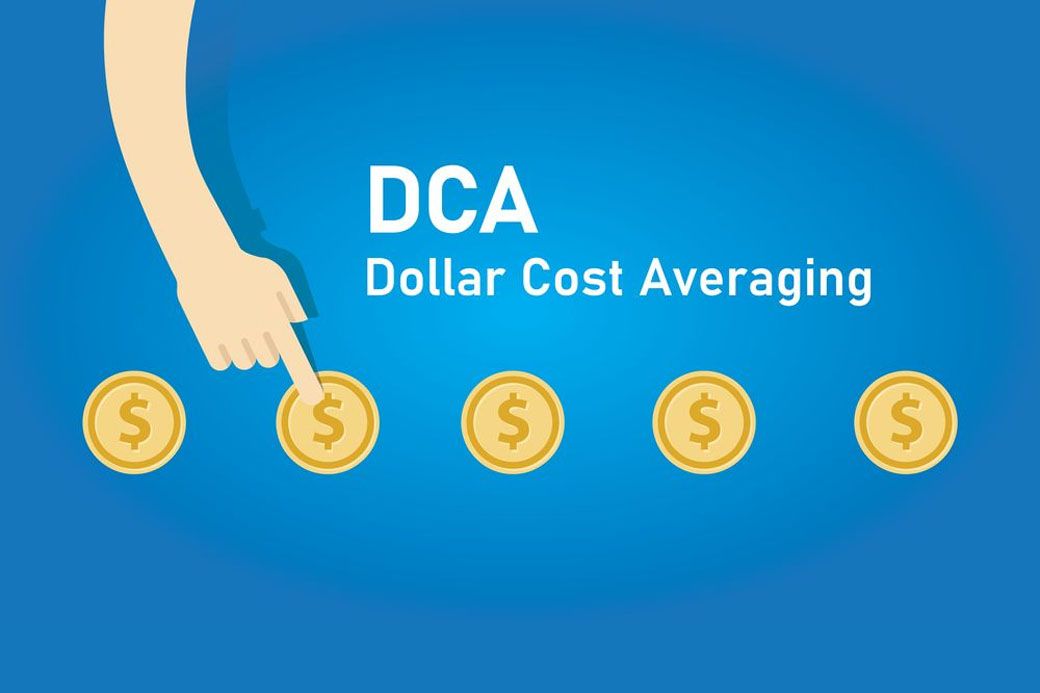You would have heard about dollar-cost averaging especially if you have the 401(k) retirement plan. This strategy is very simple. It will most probably get you the result that you want. Before understanding dollar-cost averaging, it is essential to know what it is.
Dollar-cost averaging is an investing strategy, which will help you in lowering the amount paid for investments, minimize the risk, and help build a good portfolio. Rather than buying investments at a single price point, you can buy them in smaller amounts and at regular intervals. This can happen with dollar-cost averaging, no matter what the price is. In the longer run, it helps you in lowering the investment costs as well as boosts the returns.
Understanding Dollar Cost Averaging
If you are thinking about what dollar-cost averaging is, then dollar-cost averaging is the strategy that is used for managing the risk of price when you are purchasing investments, such as mutual funds or stocks. Rather than investing at a time in a specific asset, at one price with a single purchase, you can divide the total amount that you want to invest and purchase small quantities of asset at regular intervals with time. It will lessen the risk of investing a lot before the market price comes down. The prices never move in one way.

However, if the purchase is divided by buying multiple times, the chances of giving a lower average price with time are increased. Moreover, it allows you to get the money working consistently. This is the main factor for the long-term growth of an investment.
Working of dollar-cost averaging
In order to understand the working of dollar-cost averaging, let's go through the hypothetical example. Let's suppose you have invested $100 each month in the index fund for almost five months. As we know, the prices of shares vary with each interval, so you get various shares every time you invest $100. When you make contributions every month of the same amount, the total investment would be $500 after five months. After 135 shares by the end of a specific period, $878 would be the value of the investment. So, your profit will be $378.

It is essential to know that the average price of a share compared to the average price of the share that you have ended up giving. So, the average price of the share by the end after five months is $4.50 ((5+3+2+6+6.5)/5)). But the average price that has been paid for a share was lower, which was $3.70 ($500/135 shares). This does not mean if you use this strategy, then you will always gain profit. It will not guarantee investors will be protected from the share prices that are falling.
Should I use Dollar-Cost Averaging?
If you are thinking about considering dollar-cost averaging, then consider the following points. If you can tick any one of these, then consider investing in dollar-cost averaging:
- Starting to invest, but you have fewer amounts to purchase the shares.
- Do not want to step into the research that is part of market timing.
- Not likely to invest in the down markets throughout.
- Make investments every month in the retirement accounts regularly, such as a 401(k) or IRA.



Subscribe to Plezna
Crypto knowledge delivered, right to your inbox